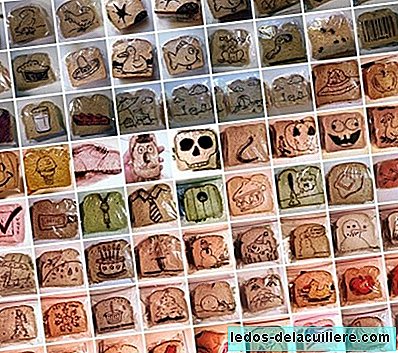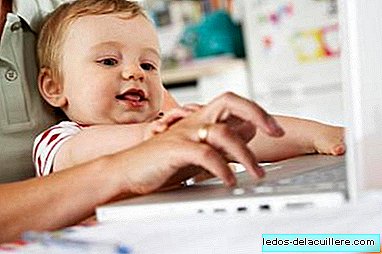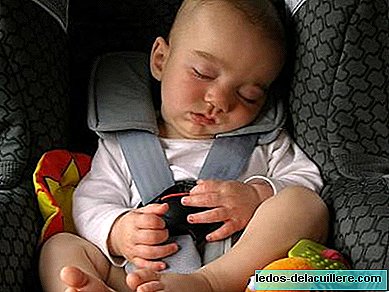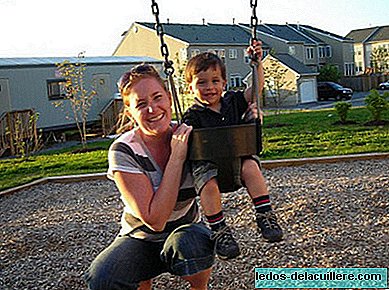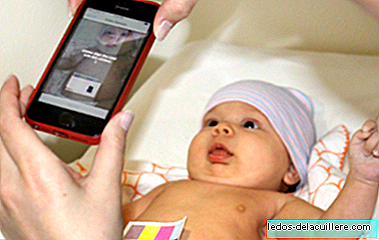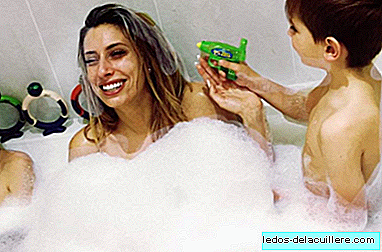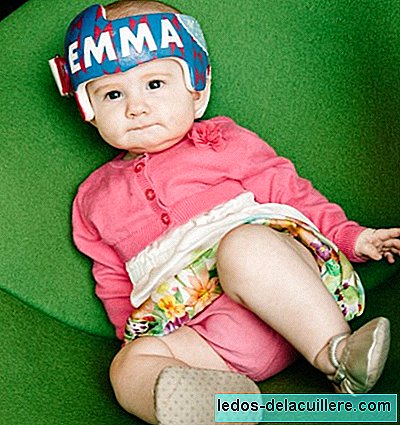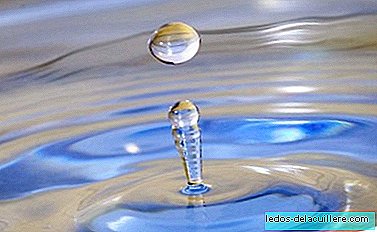
We are discovering science to the children of the house with our workshops, and we will continue experimenting with water.
In our previous deliveries of the science workshop we have learned to speak whale while we discover how the sound moves in the water, we have learned that things are made of very small pieces that we cannot see and that they move, we have learned that those bits have Different sizes and that makes the sum of one plus one not always two in the mixtures of different materials. We have also learned that fresh water has less density than salt water and that a balloon can become a magnet that catches droplets. Well, there is much more we can discover by doing water experiments for the children
Working with water allows children to discover many of the properties of matter and play with them with amazement and fun. That is why we will squeeze it until it is well known to them and learn, through experiments, concepts such as density, volume or changes in state. Willing to continue diving in the science workshops?

Invisible movements
What we see is only part of reality and, as we have already told children in the previous experiments, there are things that happen about which we can ask. In this experiment we will discover invisible movements It produces heat.
We are going to need three glass cups, tap water, a fridge and some ink or food coloring. Children can be protagonists of this experiment and they will like it from the age of four. We have to be, however, attentive so that the glasses do not fall and we will be the ones who will manipulate the glass with hot water to avoid burning.
First we will fill one of the glasses with water and put it in the fridge for a couple of hours. When it is very cold we will take it out and put it on our work surface.
We will fill another glass with water at normal temperature and the third, very carefully, with hot tap water at maximum temperature.
Then we will put a few drops of the ink or the dye in the first glass watching the stain remain almost still, taking them also to our table of scientists.
We will put the same drops in the glass of water neither cold nor hot and observe the effect. The expansion of the stain will have an intermediate speed, but we still do not know the reason until we stir vigorously with a spoon and we can verify that then the dye spreads rapidly.
Then, we will pour other drops into the glass of hot water and we can see how the color spreads quickly. The answer to the mystery may take time to arrive, but, if children know, after our previous experiences, that water is not a thing only, but that it is made up of small parts, they will understand that both the spoon and the heat are moving them causing the substance we add to spread through it.
The cold water does not move, but the hot water molecules are stirring because of the heat, and they spread the ink just like when we do it with a teaspoon.
We can, finally, prepare a couple of glasses of milk, one cold and one hot, with cocoa and we will see how, in hot milk, it dissolves much more easily than in the cold. You will see how they leave everyone stunned when they explain the reason for the invisible movements at snack.

Water is not just water
Our second experiment of today's science workshop will discover that The water we drink is not only water, but has invisible little things dissolved in it.
We are going to need two glass cups that are small, without scratches, tap water and paper towels. This experiment is very simple, and, although we always have to be vigilant so that the glass vessels do not fall, they can perform all operations without help.
We will fill two glasses of water and let them stand for five minutes. Then, we will throw the water into the sink or another pot to avoid wasting it. One of the glasses will be cleaned thoroughly by rubbing with the paper towels and the second we will let it air dry.
After a while we will observe both glasses in the light. The one that we clean will be completely transparent but the second one will have small spots, where the drops of water that were left emptying it evaporated and leaving the residues of the minerals that were dissolved in it. This experiment will work better if the water is quite hard, but anywhere we can observe it although in some cases we may need a magnifying glass.
The reason will not escape them. The water that comes out of the tap is not just water and carries small particles of other materials floating invisible in it. When the water evaporates it leaves them deposited in the bottom of the glass and its walls.
I assure you that they are going to be asking about these materials, so get to review the minerals that the water carries and read with them the labels of the bottles of mineral water.
With these two water experiments We have taught children that there are invisible things, materials and phenomena, that we may not see, but that they are and that we can discover, and even understand. It won't be the only thing they will learn with the science workshops at home.


